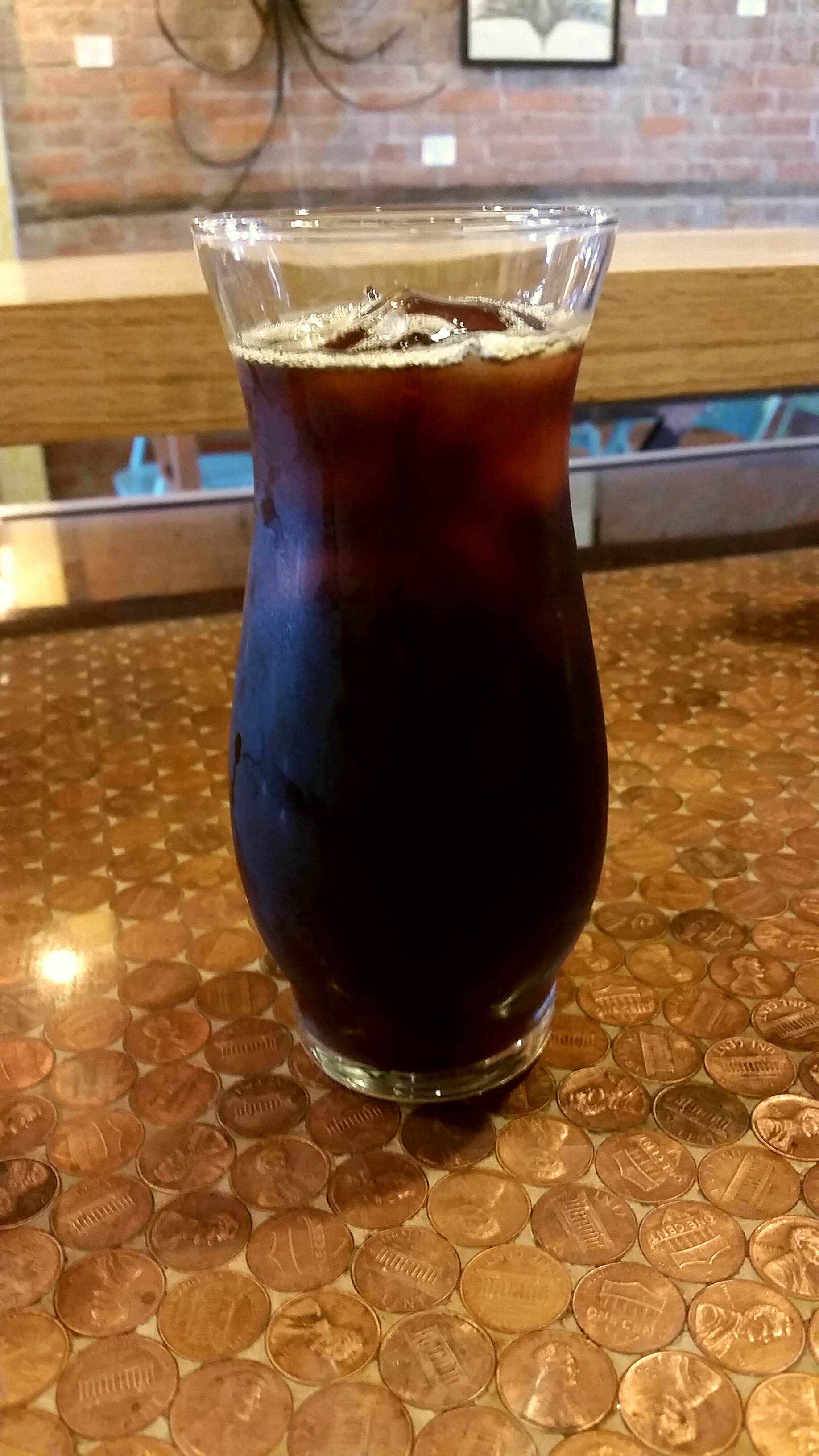LET’S TALK COLD BREW.
Over the last few years, cold coffee drinks have risen in popularity. In the opinion of many coffee connoisseurs the brewing methods yield a richer, fuller cup, which has led to it being favored by many gourmands.Some sources claim that cold distillation originated in an ancient Peruvian process while others state that it was introduced by Dutch traders from Indonesia in the 1600s into Japan.
In Artisan Cafe, our cold brew coffee is made using Kyoto Towers.

These towers are popular for making cold brewed coffee in Japan, originating in the Kyoto/Kansai region, from which they derive their name. This style of brewing coffee has recently become more popular in the US. Although the process requires patience, the result is a rich brew with very minimal acidity and a naturally sweeter taste profile with flowery overtones.It is often seen as having a cleaner taste compared to the more common Toddy method which involves steeping the grounds in water instead of having water slowly drip through.
Exposing coffee grounds to hot water releases oils that do not dissolve at lower temperatures. These oils, full of acidic compounds, are what give coffee its bitter taste. Because of that bitterness acid-shock occurs, which prevents the tongue from sensing the subtle nuances of the coffee’s flavor profile. Without the excess acidity, the burnt flavor of hot-brewed coffee is eliminated. The reduced acid cold brew has approximately 67% less acidity than hot-brewed coffee, making it easier to drink and healthier for the stomach and teeth.
Since cold-brewing produces a low-acid drink, coffee’s other flavors are more readily detected. The deep chocolate, nutty, and fruity undertones come to the forefront of the flavor of cold-brewed coffee, and won’t change over time. With temperature change comes change in taste, but because cold-brewed coffee eliminates most of that change, flavor is locked in, with more innate sweetness.

The process starts with a pre-infusion and thorough flooding of the coffee grounds with ice cold water. The water is put into a separate chamber above another chamber through which it gradually drops down, saturating the bed of coffee grounds. This saturation helps to prime them for the extraction process. After this is done for about 30 minutes the brewing process begins, one drip at a time. In the next phase of this slow journey, the coffee travels down through spiraling coils, ultimately extracting into the lower vessel over a period of about 12 hours.

The end product is a smooth, sophisticated glass of coffee with hidden touches of sweetness and blossoming bursts of floral notes.
Tyler has fresh cold brew ready for visitors to Artisan on a daily basis. While you are here, feel free to peruse the boutique and explore the gallery. We look forward to seeing you soon.


